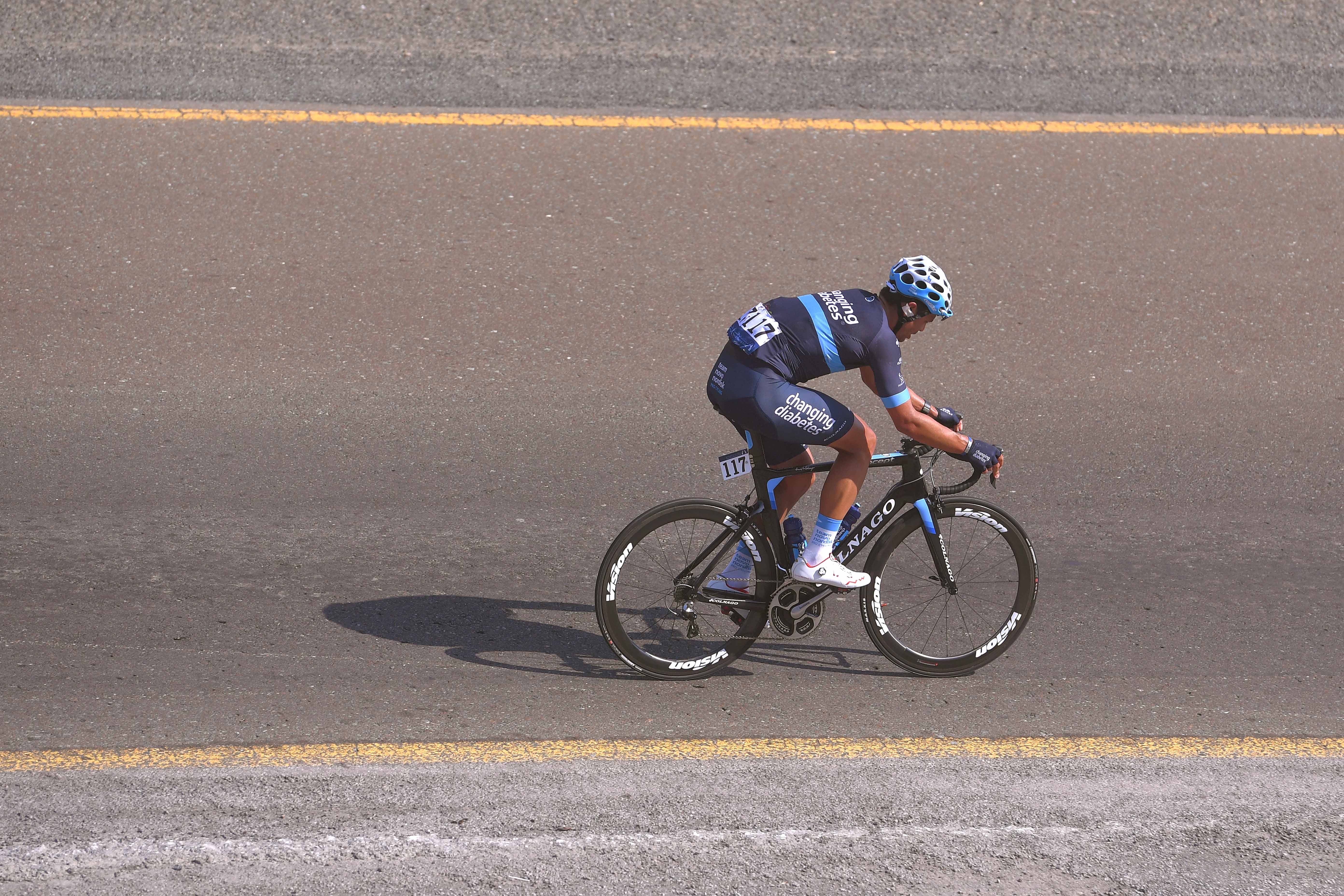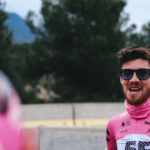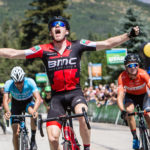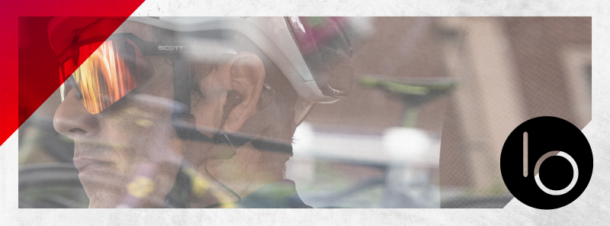I didn’t pick up a bike until after college. I grew up in a small country town where rugby league was the main sport played, and most did it for the social aspects rather than the health benefits. I enjoyed a good party and I have to admit that I was a smoker and a social drinker. I relocated for university and moved into a share house with a diverse group of people. One happened to be a triathlete. At the time, I didn’t even know what a triathlon was, and I would only see my housemate when he was leaving for training in the morning and I was coming home from a night out.
One Saturday morning, we were sitting on the couch watching a triathlon on television when an Australian triathlete ran out of the water in his budgie smugglers, and my girlfriend made a comment about his physique. I scoffed and said that I could do that if I wanted to and they laughed at me. So three weeks later, I quit smoking, sold my car, bought a bike, and the rest is history.
I never really thought about becoming a professional cyclist. Cycling is one of those sports where you are always looking for the next level. Trying to be faster, stronger, lighter and move up through the ranks. It’s slightly addictive in that way. It doesn’t matter who you are; you can always get better. So I just took every opportunity, and one of those happened to be a chance to race in China for a Continental team at the end of the 2010 season. I trained my butt off and performed well enough to secure a contract for the following year.
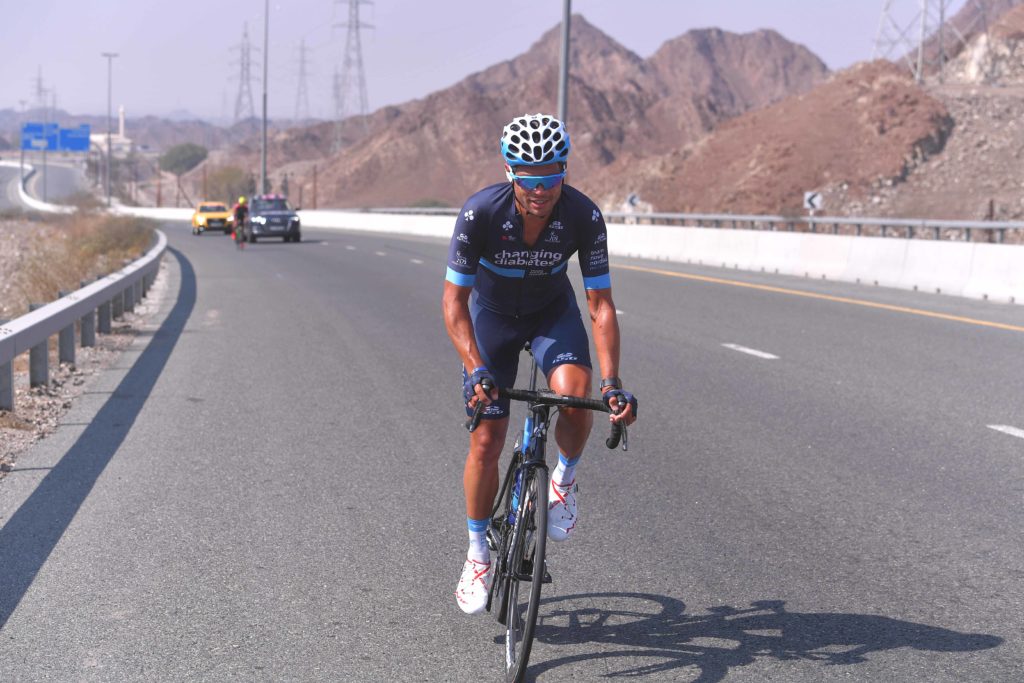
Christopher Williams in Tour Dubai 2018 / Stage 4 © Tim De Waele
In August 2009, I travelled to Victoria, Australia, for the Tour of Geelong, a National Road Series race. Leading up to the race, I was in great shape. I was performing well, so I had high hopes of continuing my form. I had lost a lot of weight, which for a cyclist is always welcomed, but I soon discovered that it’s also one of the symptoms of type 1 diabetes.
The first day of the tour began with a criterium in the morning, a style I was very accustomed to. However, within the first five laps, I was struggling at the back of the field. By the end of the hour, I had been lapped and taken out of the race. I was extremely frustrated, and my teammates were surprised.
I put it down to dehydration and travel and went about quenching my seemingly insatiable thirst (another symptom of type 1 diabetes) hoping to make up for my performance in the afternoon’s road race.
However, the road race began in a similar fashion. After about 30km, I couldn’t hang on to the bunch, and I was dropped. I was left to struggle to the end where there was a climb up to the finish line. My legs cramped in every muscle I have, and when I crossed the line, I collapsed off my bike as if I had just completed the hardest mountain stage at the Tour de France.
Fortunately, my teammates had taken my bike to the race to use as a spare because if they had left it in the hotel room, I probably would have been taking photos of it to sell on eBay.
When I collapsed, I could not understand what was happening. I had prepared so well for the race, but I was performing so poorly. I was going over all the things that could be the cause—I didn’t drink enough. I didn’t eat enough. I ate too much. It was the long travel to get to the race. Did I change my bike position? I just assumed that it was dehydration and asked my manager to take me to the hospital for a drip.
After I arrived, and I told them my symptoms, they ran some tests and I was immediately admitted. When they told me that I had type 1 diabetes, I was adamant that they were wrong. I told them that my blood sugar was high because I had a can of coke before I came in and I only needed to rehydrate and I would be fine. I was more worried about getting out of the hospital because I had a stage to start in the morning.
When I said this to the doctor, he actually laughed. He said racing was out of the question and that endurance sport like cycling and diabetes was a difficult combination. That was the moment that crushed me. I thought that was it; I wouldn’t ride my bike again.
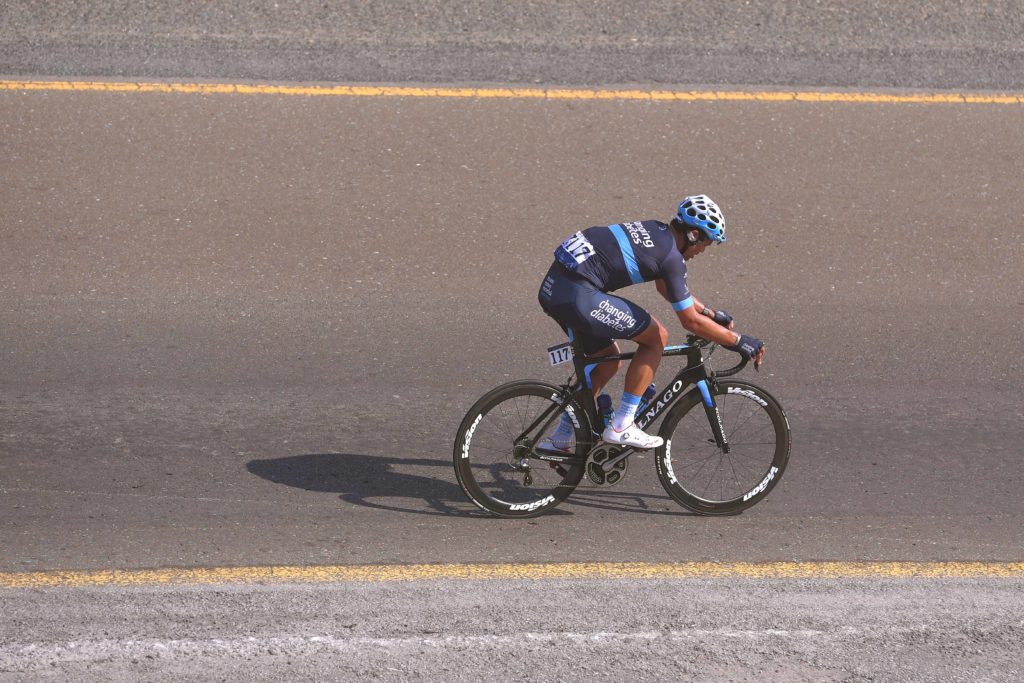
Christopher Williams in Tour Dubai 2018 / Stage 4 © Tim De Waele
I spent the night in the hospital and was discharged the next morning. I returned to the hotel room while my teammates were racing. At this point, all I had been told were the things that I could no longer do. I couldn’t ride my bike anymore. I couldn’t eat sweet or sugary foods anymore. I couldn’t eat whenever I wanted to anymore. I couldn’t even work particular jobs if I wanted to! All that negativity left me feeling pretty negative. I was given no positive outlook after being diagnosed with type 1 diabetes–only negativity and sympathy about how hard things were going to be.
Fortunately, my teammates had taken my bike to the race to use as a spare because if they had left it in the hotel room, I probably would have been taking photos of it to sell on eBay.
I was feeling pretty sorry for myself when the guys arrived back from the race, and they were chatting about the day’s events. As I had gone into the hospital alone, left alone and was hundreds of kilometers away from my wife and family, I had pretty much bottled up my emotions, so it was getting pretty hard to stay upbeat about things. I didn’t say much, and I just listened to the stories from the race and trying to distract myself from the realities of it all.
My teammates could see that I was down. We went out for dinner, and one of my teammate’s sister was there and happened to be a nurse. She pointed out all of the things that I probably shouldn’t eat. As someone who has a bit of a sweet tooth, it was all the things that I liked. So I pretty much sat there and didn’t eat much.
The next morning, I woke up to my teammates telling me to get ready for a ride. They didn’t want me moping around the hotel all day feeling sorry for myself, so they were going to take me for a ride to get a coffee. I had a fanny bag filled with insulin and jelly beans, and although we only rode a few kilometers to the coffee shop, it made me realize that maybe things didn’t have to be so different after all.
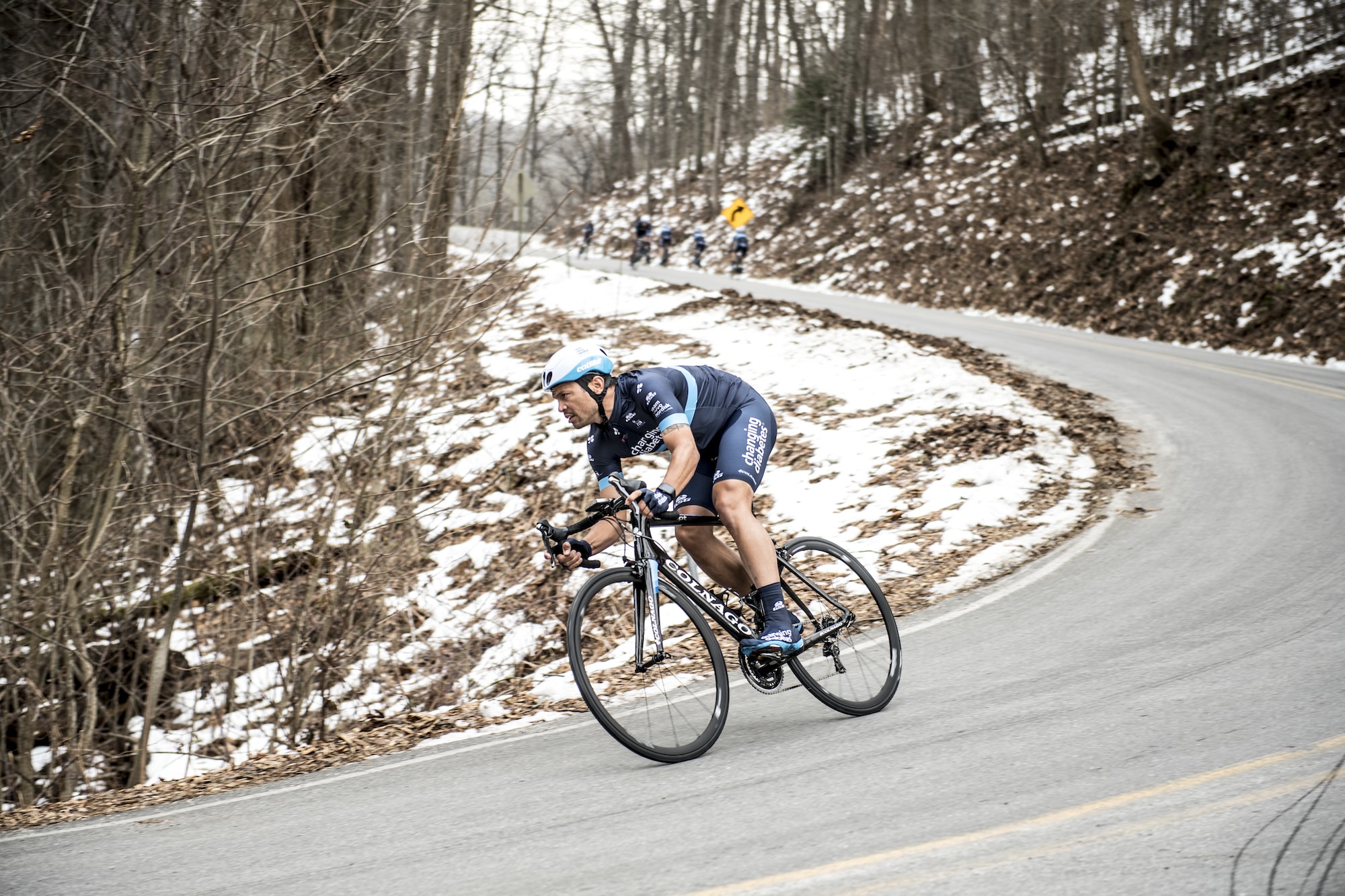
Incidentally, while they got me out and back on my bike, my teammates did think it was pretty funny that they could eat cakes and sweets in front of me while I just drank a coffee….
After that first ride, it was a lot of learning. I had to learn how my body and my blood sugar reacted to different foods, length of exercise, types of exercise, temperature, time of day that I exercised, foods that I ate while I exercised, and even the altitude where I exercised!
Type 1 diabetes is one of those conditions where everyone is different. People can react differently to the same situation, so there are no general guidelines to follow. It was simply learning by trying and through trial and error.
I have a much better understanding of my body now and how it works. I have a greater focus on diet and nutrition, but that’s no different from any other athlete. In reality, it’s probably how the general population should live as well.
I genuinely love riding my bike, and I love being outside, exploring the world, and being in nature. Everyone has that sense of adventure, but it often gets quashed by health concerns, time restraints, family, day to day life, etc. I aim to inspire people, regardless if they have diabetes or not, to get outside and embrace life. There are many obstacles in life, some greater than others, but they don’t need to stop you from chasing your dreams. I hope that I can be an example for others to follow.

